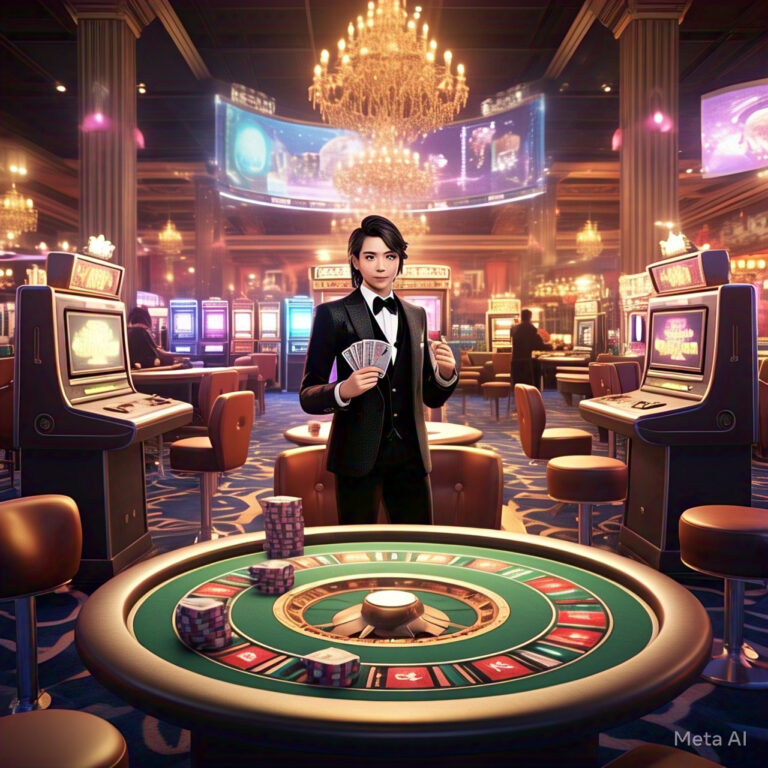Liverpool is a city renowned for its rich architectural history, blending tradition with modernity in a way that reflects its unique character. From iconic cathedrals to striking modern structures, the city’s skyline is a testament to its storied past and evolving future. Throughout Liverpool, both historic landmarks and contemporary buildings play significant roles in defining the city’s landscape, offering a vibrant tapestry of styles, materials, and techniques.
With architectural grandeur and thoughtful design, Liverpool’s historic buildings showcase styles ranging from Georgian and Victorian to Neoclassical and Gothic. This diverse blend is complemented by modern structures that continue to shape Liverpool’s visual identity, offering new aesthetics and innovations in construction. Whether visitors are exploring iconic landmarks or seeking practical needs like lighting shops in Liverpool, they’re met with a backdrop that is rich in character and history.The Georgian and Neoclassical Influence
Liverpool’s rise to prominence as a key port city in the 18th and 19th centuries brought with it an architectural boom, resulting in an array of Georgian and Neoclassical buildings that define much of its cityscape today. During this period, architects designed buildings that emphasized symmetry, grandeur, and classic forms, inspired by the architectural ideals of ancient Greece and Rome.
St. George’s Hall
One of Liverpool’s most beloved Neoclassical structures is St. George’s Hall. Completed in 1854, this grand building serves as a symbol of Liverpool’s cultural and historical significance. St. George’s Hall is a blend of architectural beauty and purpose, used for public gatherings, concerts, and exhibitions. Its grand pillars, intricate sculptures, and ornate interiors reflect the ideals of classical architecture and the city’s wealth during its peak as a trading hub.
The Georgian Quarter
The Georgian Quarter is another example of the city’s architectural legacy. Situated near the city center, it is home to rows of terraced houses, elegant facades, and cobblestone streets. This area reflects Liverpool’s wealth during the 18th century and its emergence as a cosmopolitan city. Today, the Georgian Quarter remains one of Liverpool’s most desirable locations, blending residential spaces with cultural venues, restaurants, and boutique stores. Its timeless design and historic charm make it a key attraction for both locals and tourists alike.The Victorian Era and the Gothic Revival
In the 19th century, as Liverpool’s trade and industry expanded, so did its architectural aspirations. The Victorian era saw the construction of grand public buildings, churches, and residential areas, many of which embraced Gothic Revival styles characterized by intricate stonework, pointed arches, and spires.
Liverpool Cathedral
One of the crowning achievements of Liverpool’s Gothic Revival architecture is Liverpool Cathedral. Designed by Sir Giles Gilbert Scott, it is the largest cathedral in Britain and the eighth-largest church in the world. Construction began in 1904, and the cathedral was not fully completed until 1978. The immense scale and grandeur of Liverpool Cathedral make it a focal point in the city’s skyline, while its towering arches, stained-glass windows, and intricate detailing exemplify the craftsmanship of the Gothic Revival style.
The Albert Dock
The Albert Dock, completed in 1846, represents a significant milestone in Liverpool’s architectural history, blending functionality with elegance. Built using cast iron, brick, and stone, the dock was one of the first structures in the world to utilize cast iron as its primary material, which helped to make it virtually fireproof. The Albert Dock was designed to accommodate Liverpool’s bustling trade, serving as a warehouse for goods such as tea, silk, and tobacco. Today, the Albert Dock has been repurposed as a cultural and commercial center, housing museums, galleries, and restaurants while retaining its historical charm.Modern Architecture: Embracing the Future
In recent decades, Liverpool has embraced modern architecture, adding a new dimension to its cityscape. Contemporary buildings in Liverpool incorporate sleek lines, glass facades, and innovative designs that contrast beautifully with the historic architecture surrounding them. The Pier Head waterfront area and Liverpool ONE are prime examples of modern development projects that have revitalized the city while maintaining respect for its heritage.
The Museum of Liverpool
Opened in 2011, the Museum of Liverpool is a striking modern structure that captures the essence of the city’s identity. Designed by Danish architects 3XN, the building features a curved, angular design that stands out against the backdrop of Liverpool’s historic waterfront. The museum was built to celebrate the cultural and social history of Liverpool, showcasing exhibits that reflect the city’s diverse heritage. Its design is both futuristic and functional, creating a space that encourages community engagement and learning.
Liverpool ONE
Liverpool ONE is a modern shopping and leisure complex that has transformed the city center. Opened in 2008, it is one of Europe’s largest open-air shopping centers, seamlessly blending retail, dining, and entertainment spaces with pedestrian-friendly public areas. The development incorporates elements of sustainable design, and its layout encourages natural light and air circulation, creating a vibrant urban environment. Liverpool ONE has become a central hub in the city, offering a blend of modern architecture with green spaces, art installations, and views of historic Liverpool landmarks.
With the influx of new structures, visitors to the area can easily find a variety of stores, including Liverpool lighting shops, which cater to the city’s diverse population and enhance the modern shopping experience.Liverpool’s Architectural Highlights: A Legacy of Innovation
Liverpool’s architecture is a testament to its rich history and resilience. Through each era, architects have used a variety of styles and techniques to craft spaces that reflect Liverpool’s status as a cultural and economic powerhouse. Today, Liverpool’s architectural landscape is a blend of old and new, where the grandeur of historical buildings meets the sleek lines of modern design.
The Three Graces
The “Three Graces”—the Royal Liver Building, the Cunard Building, and the Port of Liverpool Building—are iconic examples of Liverpool’s early 20th-century architecture, located along the city’s waterfront. These buildings represent Liverpool’s maritime heritage and stand as a testament to the city’s wealth and influence. With their striking facades and monumental scale, they are admired for their architectural beauty and historical significance. The Royal Liver Building, with its two clock towers topped by the Liver Birds, has become a symbol of the city.
Metropolitan Cathedral of Christ the King
The Metropolitan Cathedral of Christ the King is a modernist structure that stands in striking contrast to Liverpool Cathedral. Its circular form, spire, and stained glass crown are a radical departure from traditional church architecture. Designed by Sir Frederick Gibberd, the cathedral’s unique design is both practical and symbolic, with elements that reflect Liverpool’s spiritual and cultural identity. The cathedral’s open and inclusive design has made it an integral part of the city’s architectural and cultural landscape.The Role of Light in Liverpool’s Architectural Appeal
Lighting plays a significant role in enhancing Liverpool’s architecture. The city’s blend of historic and contemporary buildings relies on lighting to highlight architectural details, create ambiance, and make public spaces more inviting. In many of Liverpool’s iconic structures, lighting has been used creatively to illuminate intricate designs, from the Gothic arches of Liverpool Cathedral to the glass facades of modern waterfront buildings.
For residents and designers seeking lighting solutions, light shops in Liverpool offer an extensive selection of options to complement a range of architectural styles. Whether illuminating a historic Georgian home or a modern apartment, Liverpool lighting shops provide fixtures and solutions that enhance the beauty and functionality of any space.Conclusion: A Living Tapestry of Architectural Styles
Liverpool’s architecture reflects its journey from an industrial powerhouse to a modern, multicultural city. From the classic grandeur of the Georgian and Victorian eras to the innovative spirit of modern designs, Liverpool’s buildings offer a narrative of change, adaptation, and resilience. With iconic landmarks like St. George’s Hall, the Albert Dock, and the Metropolitan Cathedral, Liverpool is a city that treasures its heritage while embracing contemporary aesthetics.
The careful blending of historic and modern architecture has shaped a city that feels alive, its streets and structures echoing the stories of its past and the aspirations of its future. For anyone visiting or living in Liverpool, the city offers a unique architectural experience that celebrates diversity, creativity, and the power of design. With each new building and restoration project, Liverpool’s architectural legacy continues to grow, ensuring that its vibrant cityscape will captivate and inspire for generations to come.







